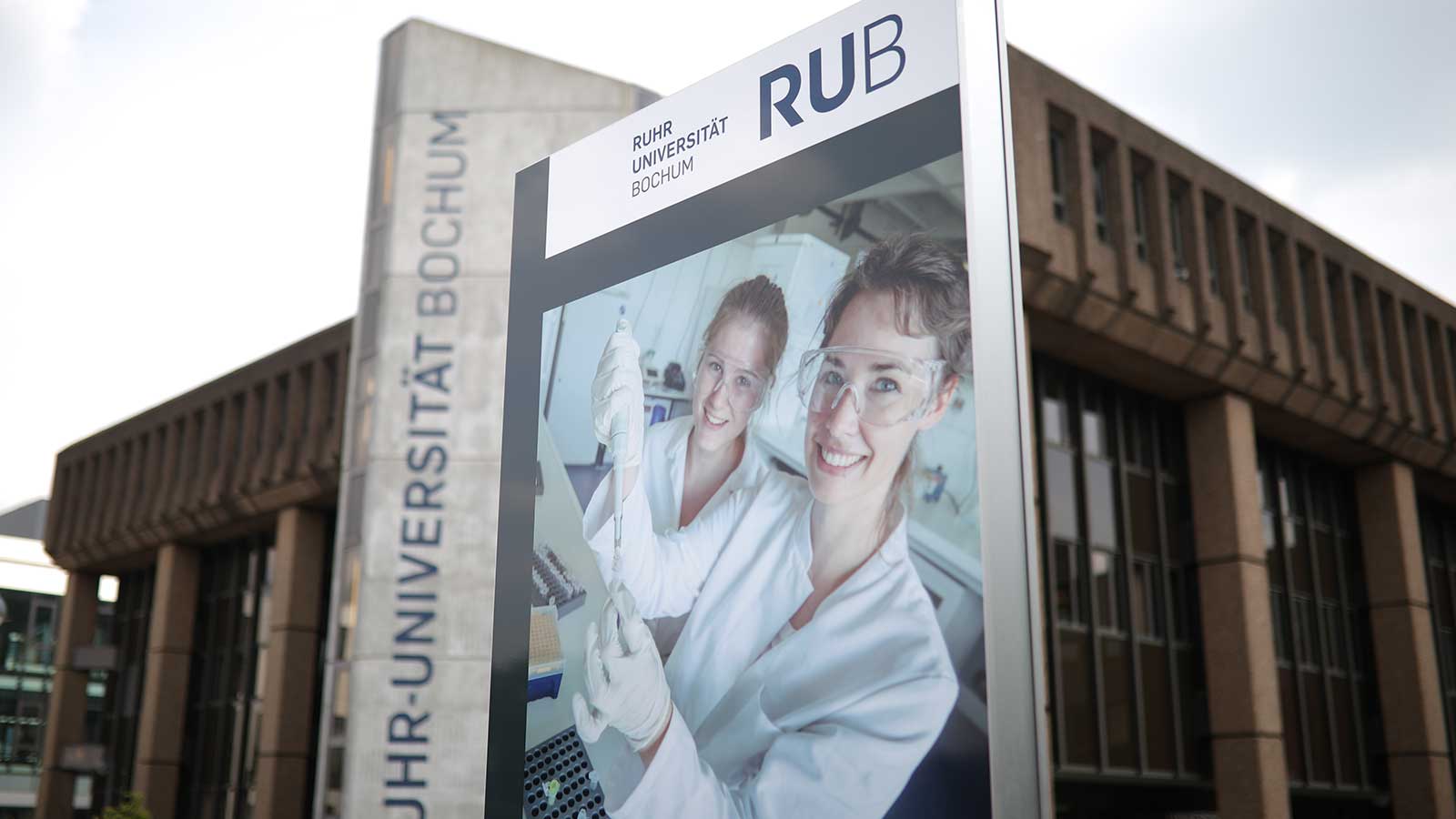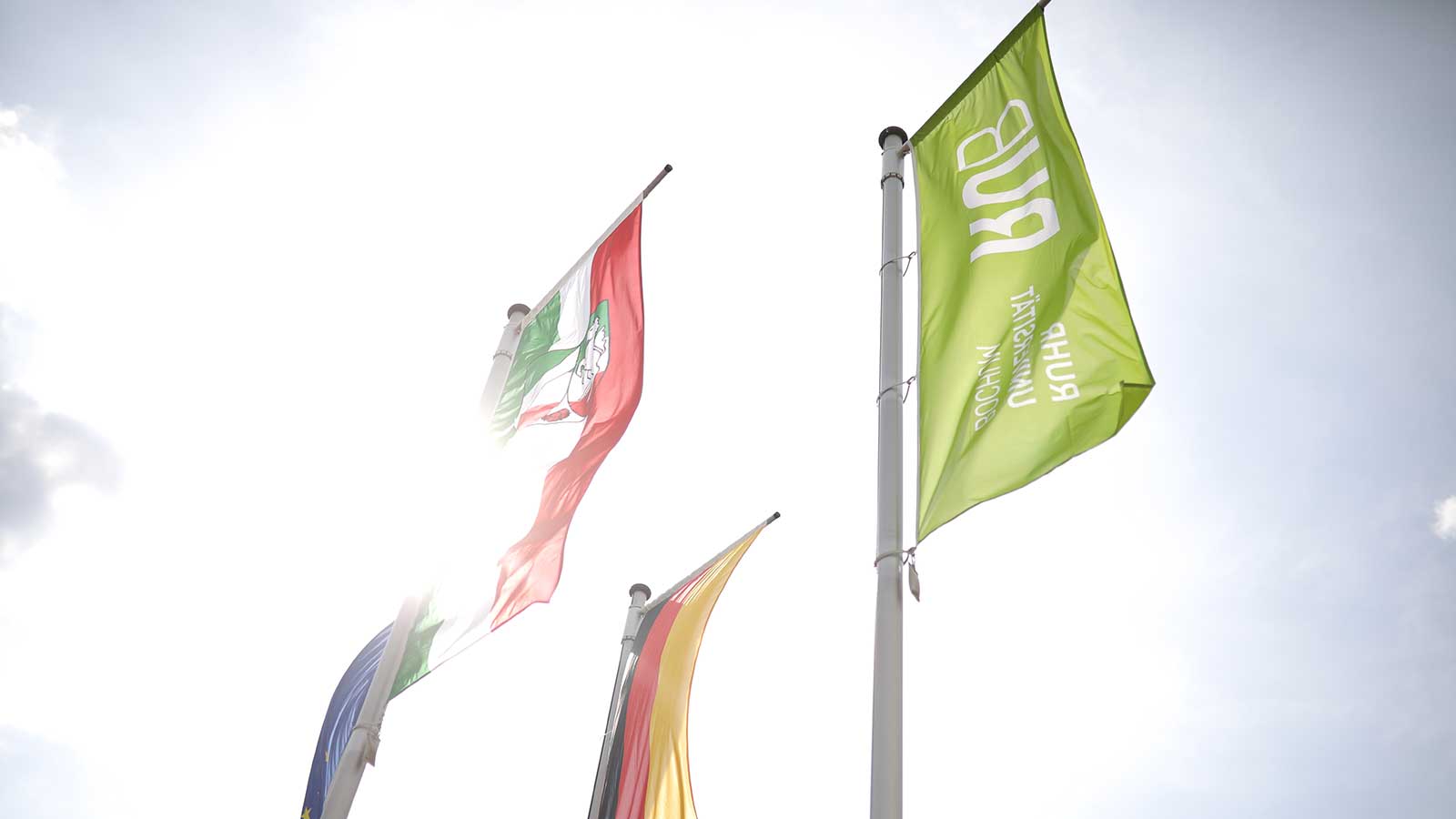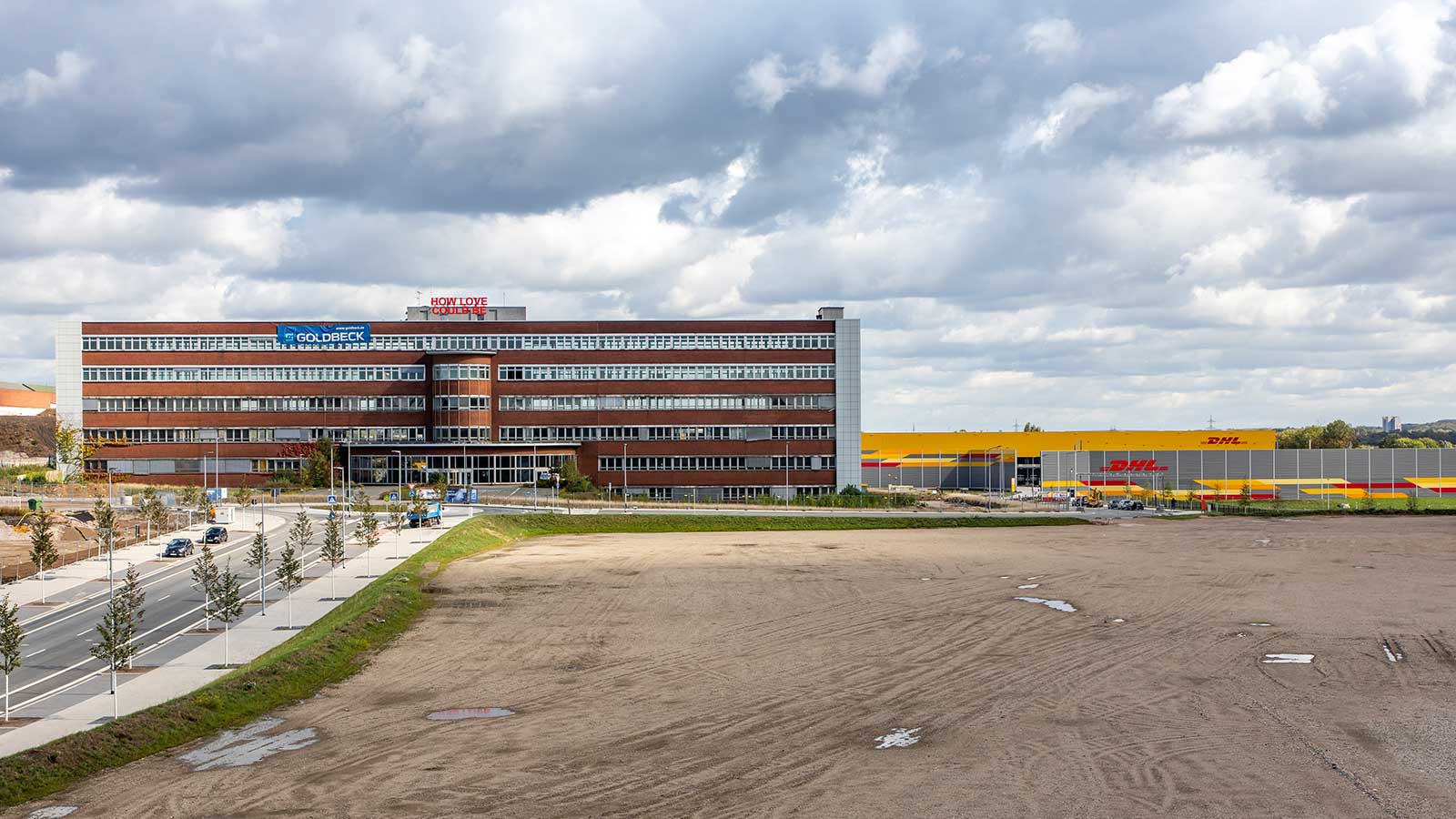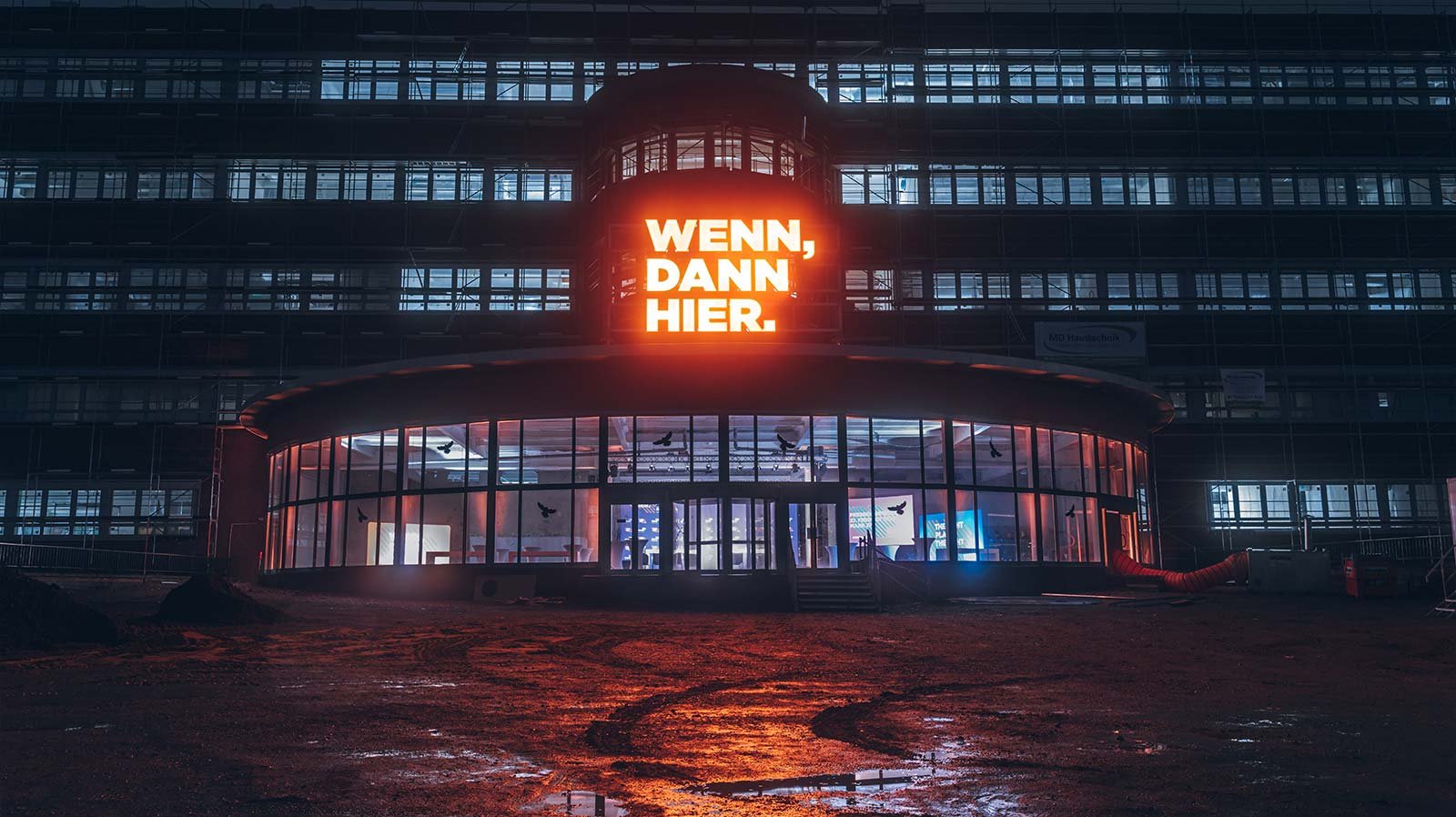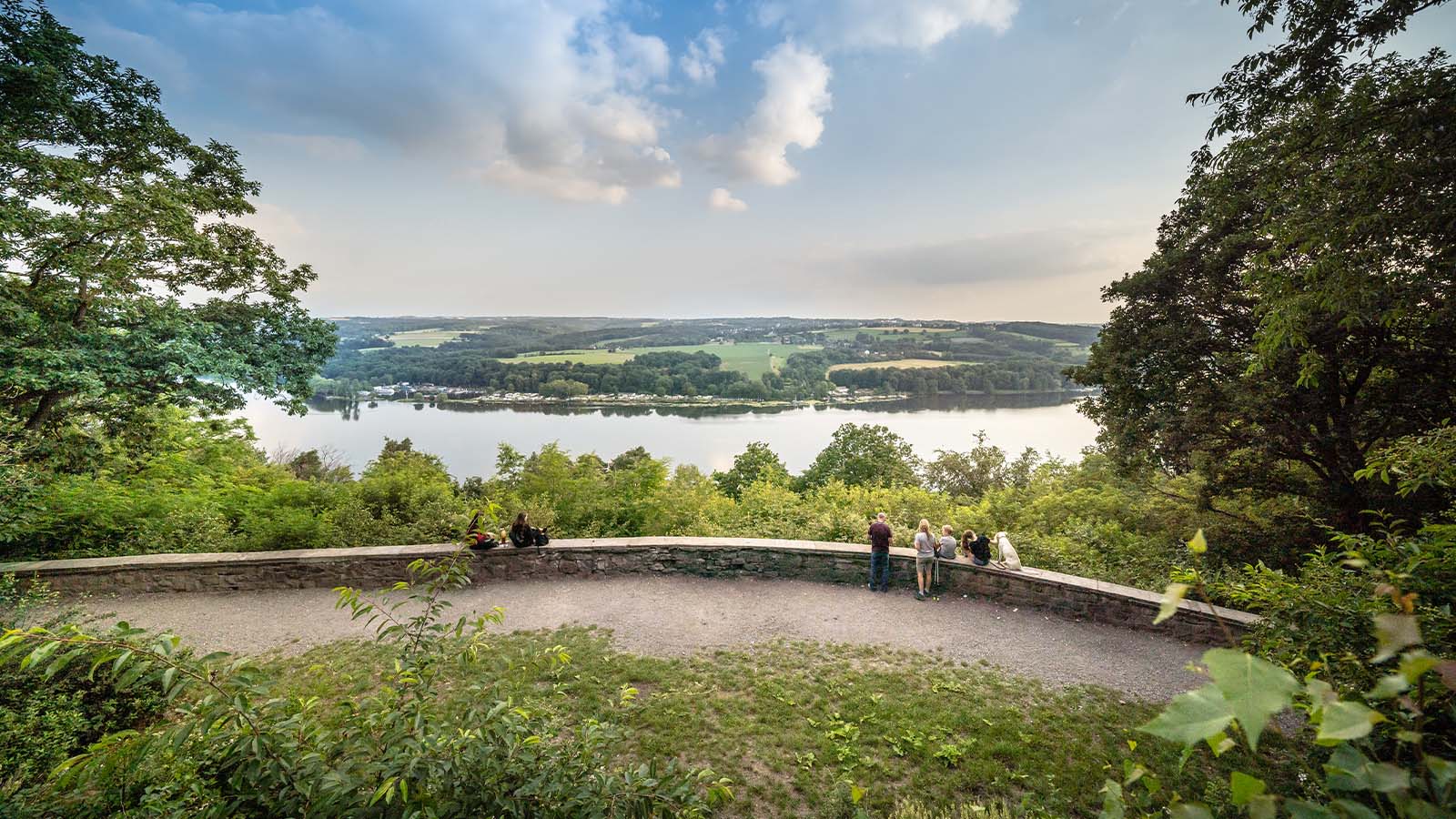
The Ruhr valley is home to more than five million people in 53 towns and cities. Coming together in this way, the valley is an environment that is utterly unique in Europe and one of the continent’s largest metropolitan regions. The “city of cities” is a place of many facets, a place where major conurbations meet green nature, where culture meets years of industry – and a place that offers a multitude of surprises to discover.
The City of Cities
Welcome to the Ruhr valley. We’re glad you’re here – and glad to show you around Europe’s one-of-a-kind metropolitan region where 53 different towns and cities flourish with great diversity.
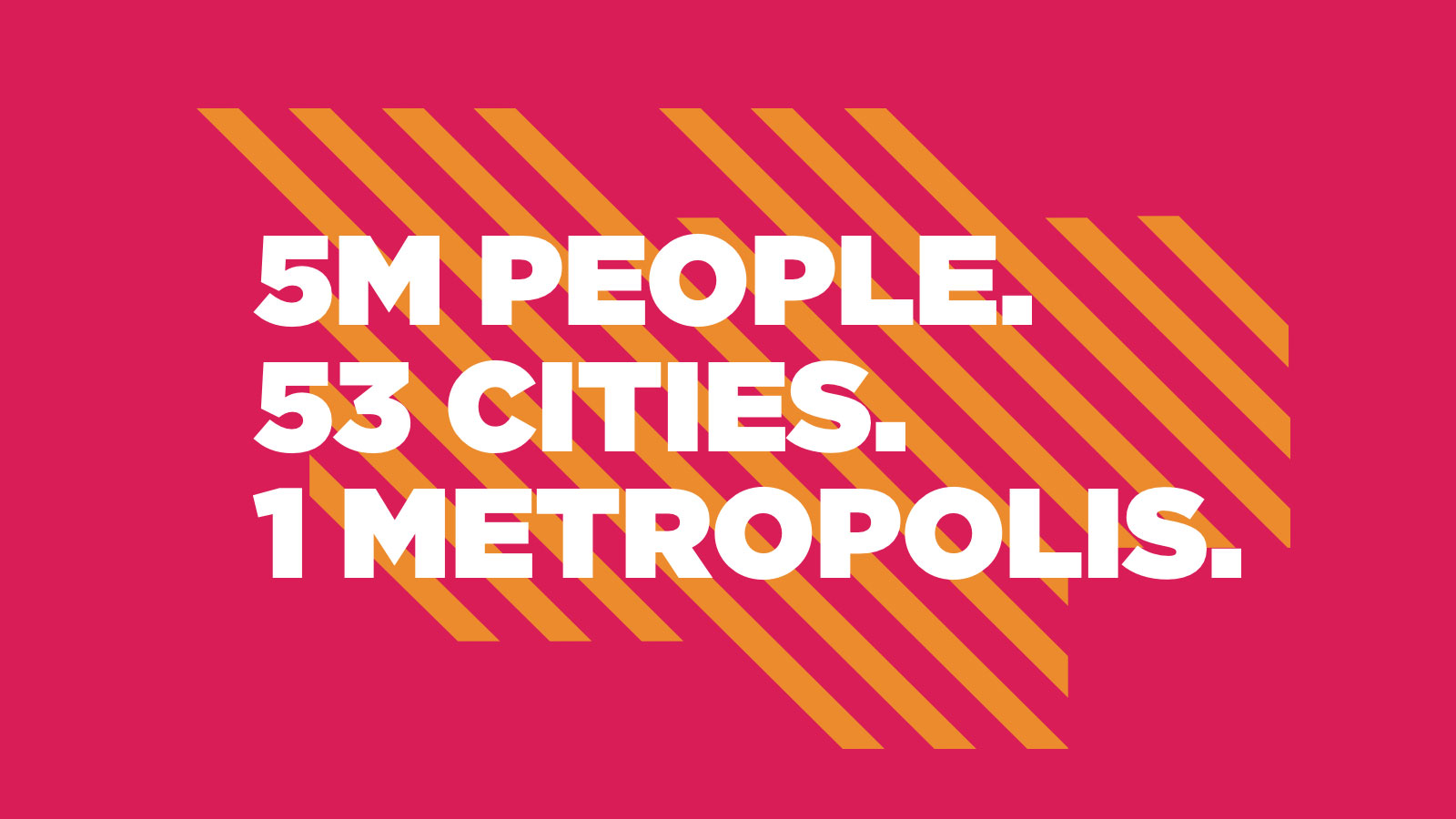
The Towns and Cities of the Ruhr Metropolitan Region
Over 5.1 million people live here in the region’s 53 towns and cities. From Haltern in the north all the way to Breckerfeld in the south, from Xanten in the west clear over to Hamm in the east. Or in one of the region’s three largest cities, Dortmund, Essen, or Duisburg, which each have more than 400,000 residents. But be sure to note: you won’t find Cologne, Düsseldorf, or Wuppertal here at all. Though they’re not far away, they’re not part of the Ruhr valley.
Home of Higher Learning
With its some 4,440 square kilometers of space, the Ruhr valley is one of Germany’s smaller geographical regions. Nowhere, however, are there more people who live there. Not to mention almost one in 20 residents is a student – again more than any other German metropolis. It’s no wonder either as its 22 universities and colleges create a finely tuned academic network like nowhere else in Germany.
Where Science and Business Go Hand in Hand
Places that are home to many young professionals are incubators for a lively start-up culture. In the Ruhr valley, just such an entrepreneurial mindset is interlinked with not only a closely dovetailed academic network but also a long-standing industrial tradition. Together, it is a place where continuity and a good day’s work are galvanized by innovative thinking. The Ruhr valley is thus home to the extraordinary synergy effects and dynamic insights that will drive future-oriented structural change.
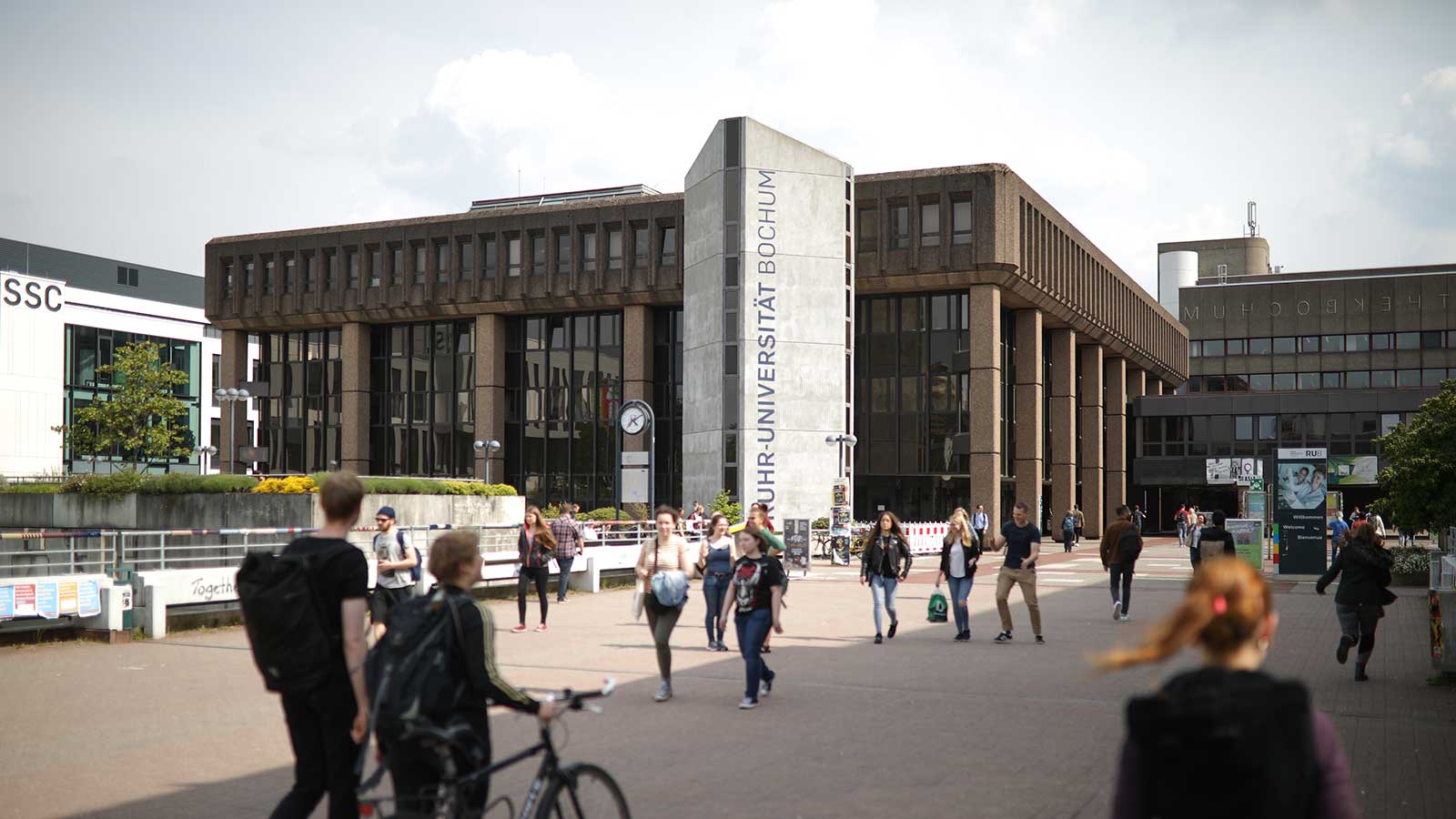
At the World’s Largest Inland Harbor
As a logistics hub right in the center of Europe, some people say the Ruhr valley region radiates economic power straight from the heart. And Duisburg is the perfect place to see this. Its harbor is not only a key transshipment point for container-carrying ships on Europe’s inland waterways, but also the start and end point of the rail connection to China – part of the New Silk Road project. Situated exactly where the Ruhr metropolis meets the Rhine, its continuous movement of goods makes this location one of the world’s largest inland harbors.
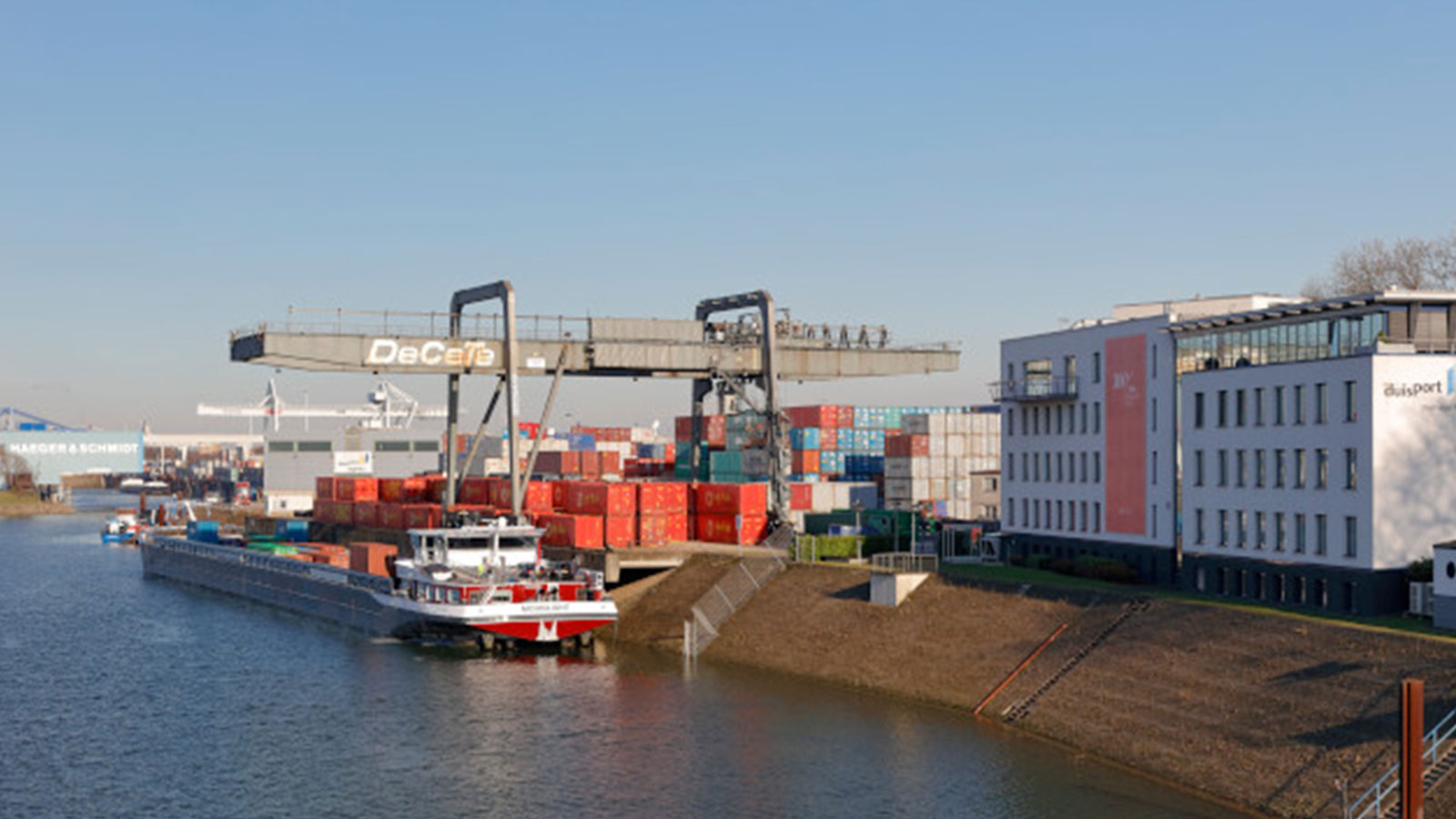
The Ruhr and Its Region
And by the way: the eponymous Ruhr isn’t the only important river in the region. The River Lippe marks the region’s northernmost edge, and the River Emscher cuts straight through the middle. The Ruhr itself outlines the southern edge, with all three rivers feeding into the Lower Rhine. Its banks are home to the westernmost communities of the Ruhr.
That’s far from all there is to say about the Ruhr valley, however. If you’d like to find out more about the great potential it offers – in particular why the Ruhr valley is the metropolitan region of the future – this is the place.
